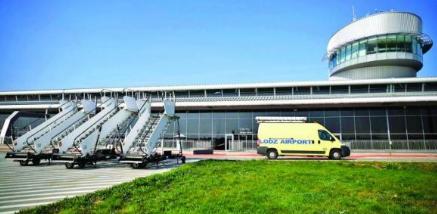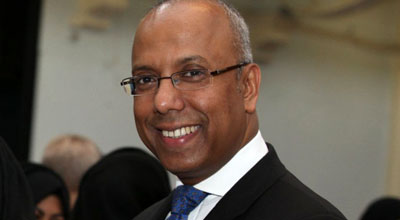EU gives $125m to Poland to build ‘ghost’ airports
 The European Union has given Poland more than 100 million euros ($125 million) to build at least three “ghost” airports in places where there are not enough passengers to keep them in business.
The European Union has given Poland more than 100 million euros ($125 million) to build at least three “ghost” airports in places where there are not enough passengers to keep them in business.
The result is gleaming new airport terminals which, even at the peak of the holiday season, echo to the sound of empty concourses and spend millions trying to attract airlines.
Poland is not the only country in Europe to have built airports that struggle to attract flights. Around 80 airports in Europe attract fewer than 1 million passengers a year, and about three-quarters of those are in the red, according to industry body Airports Council International. Some cost much more to build than the Polish projects. One airport in eastern Spain, open for three years, has so far received not a single flight.
But Poland is striking because the country received so much money for its projects from EU funds.
Poland received 615.7 million euros in EU support for airports between 2007 and 2013, according to figures supplied to Reuters by the European Commission. That was almost twice as much as the next biggest recipient, Spain, and more than a third of all member states’ money for airports. The government declined to provide all the information on which it based its decisions to invest in the airports, but Reuters has reviewed data on three sites where traffic fell dramatically short of forecasts.
Poland is often touted by Brussels as one of the most efficient users of EU aid, and there is no suggestion the country used EU airport money corruptly. European help has been vital in improving Poland’s aviation infrastructure, only a small share of the country’s airport spending has been on white elephants, and passenger shortfalls may have been exacerbated by the 2008 global financial crisis. Spokespeople at some airports said the projects could be considered a success because they were creating jobs, bringing in tourists, and driving investment in the regional economy.
But it is clear mistakes were made in Poland, planning officials and aviation executives say. The whole experience raises questions about how the government will handle the next big injection of EU money, which it expects to be 82 billion euros over the next seven years.
The problem is most striking at the recently rebuilt Lodz passenger terminal, where passenger numbers in 2013 fell almost one million short of forecasts, according to European Commission documents examined by Reuters.
On a relatively busy day this summer, just four flights arrived and four departed. In between, the place was almost deserted. In the early afternoon a single passenger, a woman in a blue-and-white striped T-shirt, sat in a 72-seat waiting area. Outside on the tarmac, five sets of movable steps stood waiting for a jet to land.
Where there aren’t enough passengers to make an airport viable, local governments keep them on life support through subsidies, according to a report by CEE Bankwatch Network, a non-governmental watchdog. The beneficiaries have often been the airlines that use them.
Jacek Krawczyk, the former chairman of the board of Polish national airline LOT who sometimes advises the European Commission on aviation policy, said Poland was no worse than other EU countries at building airports, but the sheer volume of EU money it was trying to absorb in a short space of time explained some problems. The European Union has now tightened up the rules on state aid that airports can receive.
Krawczyk, who was not directly involved in planning any of the airport investments, said that in those Polish cases where things did go wrong, “there was no corruption, just wrong priorities.”





